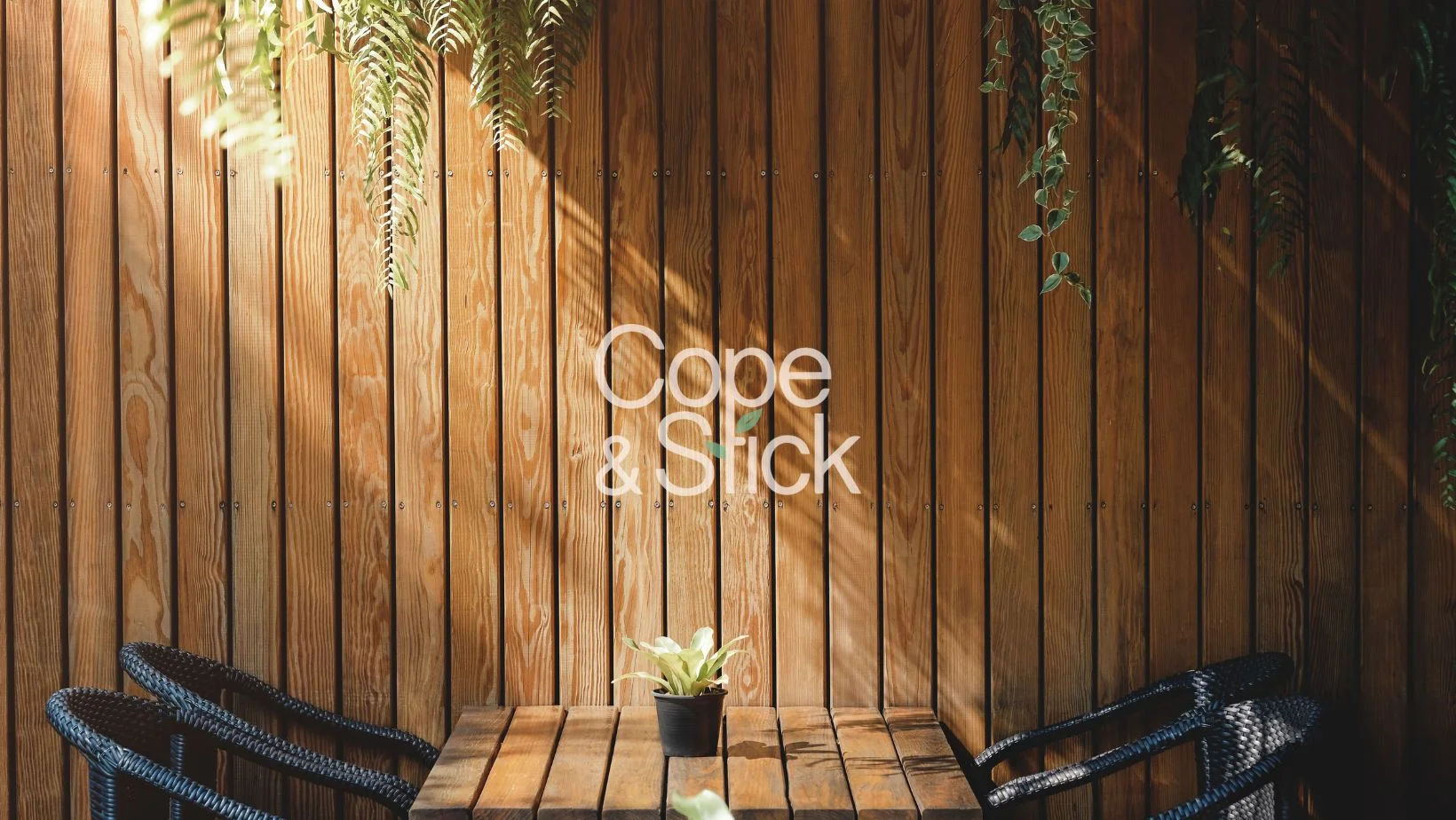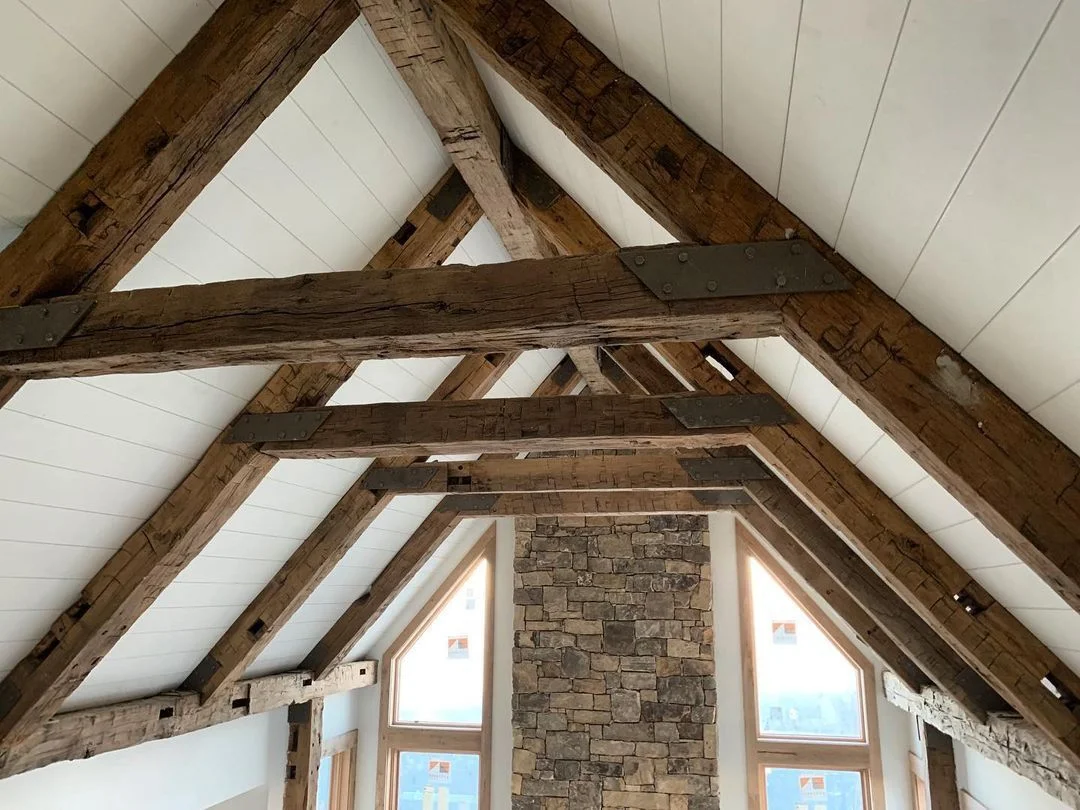When it comes to making woodworking projects last, glue plays an essential role. Wood glue helps create a stronger bond between pieces of wood than nails and screws can provide on their own. While you might be tempted to rush the process and move on to the next step in your project, taking the time to properly apply and let the wood glue dry is key for ensuring your work stands up over time. But just how long does it take for wood glue to dry? In this blog post, we’ll explore all that goes into drying times for different types of glues so that you’ll know exactly when to resume work on your project.
Factors Affecting Drying Time: A Glue for Every Occasion
There are several factors that can influence how long it takes for a particular type of wood glue to dry:
- Type of Glue: Different types of glues have different drying times. For example, cyanoacrylate (super glue) typically quickly dries within seconds, while epoxy adhesives may take several minutes or even hours to fully cure.
- Temperature: The ambient temperature can significantly influence the drying time of glue. Generally, higher temperatures accelerate the drying process while lower temperatures slow it down. Some glues have specific temperature requirements for optimal drying, so it’s important to follow the manufacturer’s instructions.
- Humidity: Humidity levels in the environment can also affect the drying time of glue. High humidity can slow down the evaporation of water or solvents in the glue leading to longer drying times. Conversely, low humidity can promote faster drying. It’s essential to consider the humidity when gluing.
- Thickness of Application: The thickness or amount of glue applied can impact drying time. Naturally, thicker layers of glue take longer to dry as they require more time for the solvents to evaporate. Thin layers of glue will dry faster compared to thick layers.
- Porosity of Surfaces: The porosity of the surfaces being glued can influence drying time. Porous surfaces, such as wood or fabric, tend to absorb moisture from the glue which can prolong the drying process. Non-porous surfaces, like glass or metal, generally allow for faster drying.
- Ventilation: Proper ventilation can help facilitate the drying process. Good airflow helps carry away moisture and solvents promoting faster drying. In contrast, poor ventilation can lead to slower drying times, especially in enclosed or confined spaces.
Popular Types of Wood Glue and Their Drying Times
PVA (Polyvinyl Acetate) Glue:
PVA glue is one of the most commonly used wood glues. It is available in both white and yellow variants. PVA glue typically has a relatively short drying time, ranging from 30 minutes to 1 hour. However, it’s important to note that while the glue may dry quickly, achieving its maximum bond strength can take up to 24 hours or more.
Hide Glue
Hide glue is a traditional wood glue made from animal collagen. It is available in liquid or granular form and requires mixing with water before use. The drying time of hide glue is moderate, typically ranging from 1 to 2 hours. However, full curing and maximum bond strength may take several hours or even overnight.
Polyurethane Glue
Polyurethane glue is a versatile adhesive known for its strong bond and waterproof properties. It typically has a longer drying time compared to other wood glues, ranging from 4 to 24 hours. The exact drying time can vary depending on factors such as temperature, humidity, and the thickness of the glue layer.
Cyanoacrylate (CA) Glue
Cyanoacrylate glue, also known as super glue or instant glue, is not specifically designed for wood applications but can be used in certain woodworking scenarios. CA glue dries very quickly, often within seconds. However, it’s important to note that while the surface may appear dry, the glue may take several hours to achieve its maximum bond strength.
Epoxy Glue
Epoxy glues consist of two components (resin and hardener) that must be mixed together before application. Epoxy adhesives are known for their exceptional strength and durability. The drying time for epoxy can vary significantly, ranging from a few minutes to several hours. It often depends on the specific epoxy formulation and curing conditions.
Tips for Ensuring Proper Drying Times
To achieve the best results, follow these tips when working with wood glue:
- Apply a thin layer: Using too much glue can increase drying time and make it difficult to estimate when the glue will be fully cured. A thin layer is usually more than enough for most projects.
- Remove the clamp after the appropriate amount of time: Removing clamps too early can cause the joint to come apart or weaken. Conversely, leaving clamps on too long can result in glue residue sticking to the clamps. So, be sure to remove the clamp as soon as the recommended drying time has passed.
- Keep in mind the surrounding conditions: Remember that temperature and moisture content affect the drying time. In colder or more humid conditions, consider giving the glue more time to cure fully.
In conclusion, drying times are extremely important for any type of glue and should be taken into consideration when selecting which products to use. By knowing the different factors affecting drying time, as well as the popular types of wood glue and their respective drying times, individuals can make sure that they not only get the job done right but also optimize their time and energy. Understanding both the general principles for ensuring proper drying times and the specifications of the glue can save individuals considerable amounts of time throughout their projects. By comprehending these concepts, DIYers can look forward to successful projects with top notch results!










